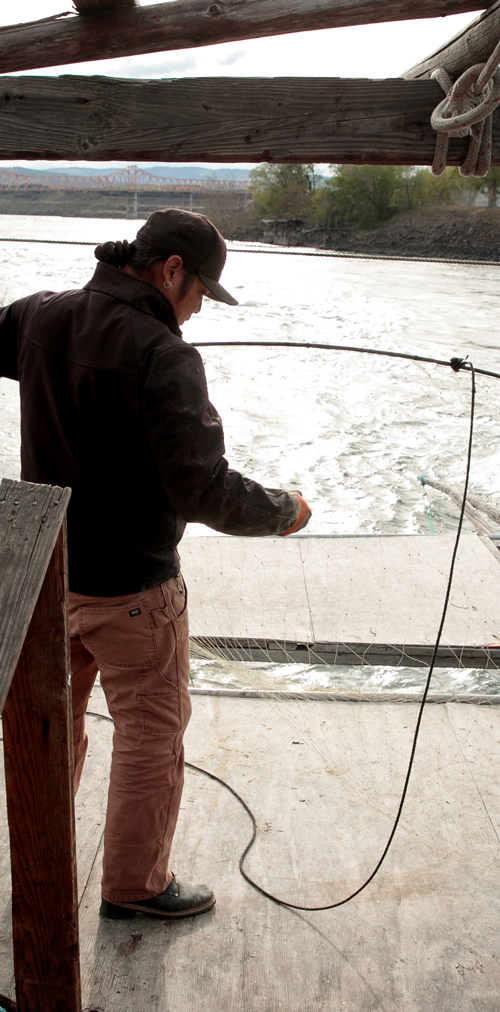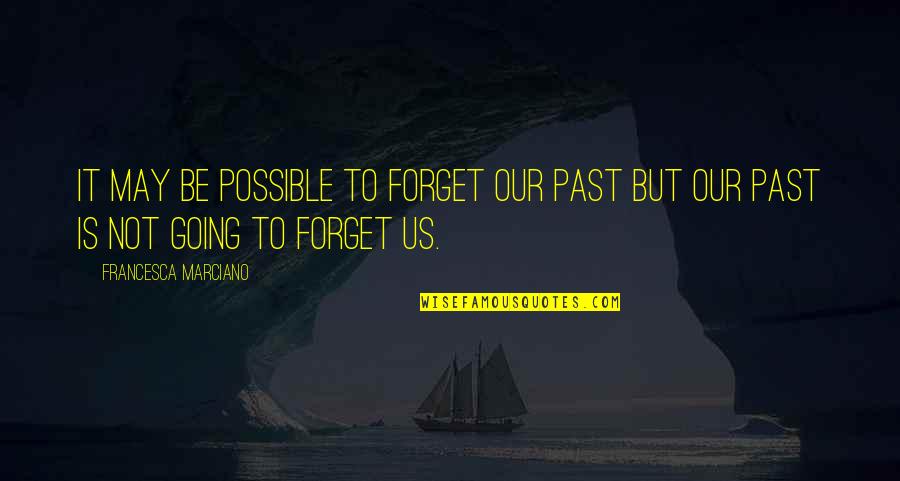

van den Broecke, Ortelius Atlas Maps, 12 (state 1) Burden, Mapping of North America, 74 (state 1). From Ortelius’s Theatrum orbis terrarum (Antwerp, 1595). “Maris Pacifici, (quod vulgò Mar del Zur).” Copperplate map, with added color, 33 × 48 cm.

(For more about such lines of demarcation, see the Spice Islands section.) * Antonio Pigafetta, Magellan’s Voyage: A Narrative Account of the First Circumnavigation, trans. Münster locates Calensuan, a mythical island usually found in the Indian Ocean and the only Pacific land not taken from Magellan or Polo, at the western border of the map-possibly believing that the Pacific was the “Great Gulf” of the Indian Ocean shown in maps by Claudius Ptolemy, hence placing the island in roughly the same area.Īs permitted by the Treaty of Tordesillas (1494), the flag of Spain flies over its Caribbean possessions, the Portuguese flag over the South Atlantic. Marco Polo’s Zipangri (Japan) and archipelago of 7,448 islands are shown several years before any European contact. Here, Magellan’s only surviving ship, Victoria, sails on that ocean. The proliferation of editions of Münster’s Geographia and his more popular work, Cosmographia, which used the same map, helped establish the name of the ocean, which was first mentioned by Antonio Pigafetta, Magellan’s surviving chronicler: “During those three months and twenty days, we sailed in a gulf where we made a good four thousand leagues across the Pacific Sea, which was so rightly named.

įirst printed map to name the Pacific Ocean. Reference: Burden, Mapping of North America, 12 (state 1). From Münster’s 1540 edition of Ptolemy, Geographia uniuersalis: Uetus et noua (Basel, 1540). “Nouae insulae XXVI noua tabula.” Woodcut map, 26 × 34 cm. ** In the context of this website, the use of the word discovery ( discover/discovered) is obviously Eurocentric, meaning the first time something entered European consciousness.ġ540: Münster, Sebastian, 1489–1552. But his is the first documented European sighting. * Certainly, German cartographer Martin Waldseemüller’s historic 1507 world map strongly suggests that other Europeans had seen and/or known about the Pacific Ocean before Balboa. It would be another 250 years before the English sea captain James Cook could adequately map the realm of Balboa’s vision. Magellan found the ocean calm and named it the Pacific, albeit prematurely, given the tempestuous experiences of most explorers who followed in his wake through the strait he pioneered. The next year, a Spanish expedition led by the Portuguese explorer Ferdinand Magellan sailed into the ocean Balboa had called mar del sur (the South Sea) because of its southern orientation from the Isthmus of Panama. In 1519, he was found guilty of treason by his father-in-law, the region’s new governor, and was literally axed. ĭespite, or perhaps because of, the magnitude of his discovery, ** Balboa quickly fell victim to Spanish New World power struggles. From Retratos de los Españoles ilustres, con un epítome de sus vidas (Madrid, 1791). 90, verso, of the first book of the Second Decade) Where, falling prostrate upon the ground, and raising himself again upon his knees, as the manner of the Christians is to pray, lifting up his eyes and hands toward heaven, and directing his face toward the new found south sea, he poured forth his humble and devout prayers before almighty God. Approaching therefore to the tops of the mountains, he commanded his army to stay, and went himself alone to the top, as it were to take the first possession thereof. Here is his rendition, with the spelling modernized, of Martyr’s description of Balboa’s seminal moment on that mountain:īut at the length, the seventh day of the Calendes of October, he beheld with wondering eyes the tops of the high mountains, showed unto him by the guides of Quarequa, from which he might see the other sea so long looked for, and never seen before of any man coming out of our world. The first English version appeared in The Decades of the Newe Worlde or West India, a translation by a Tudor England nobleman’s secretary named Richard Eden that was not published till 1555. * In 1516, Peter Martyr d’Anghiera, Italian-born historian of Spain during the Age of Exploration, published the first account of Balboa’s achievement. The Pacific Ocean: 250 Years of Maps (1540–1789)īounded by five continents, the Pacific Ocean is Earth’s largest feature-but it was generally unknown to Europeans until Spanish explorer Vasco Nuñez de Balboa sighted it in 1513 from a peak in Darién, Panama.


 0 kommentar(er)
0 kommentar(er)
